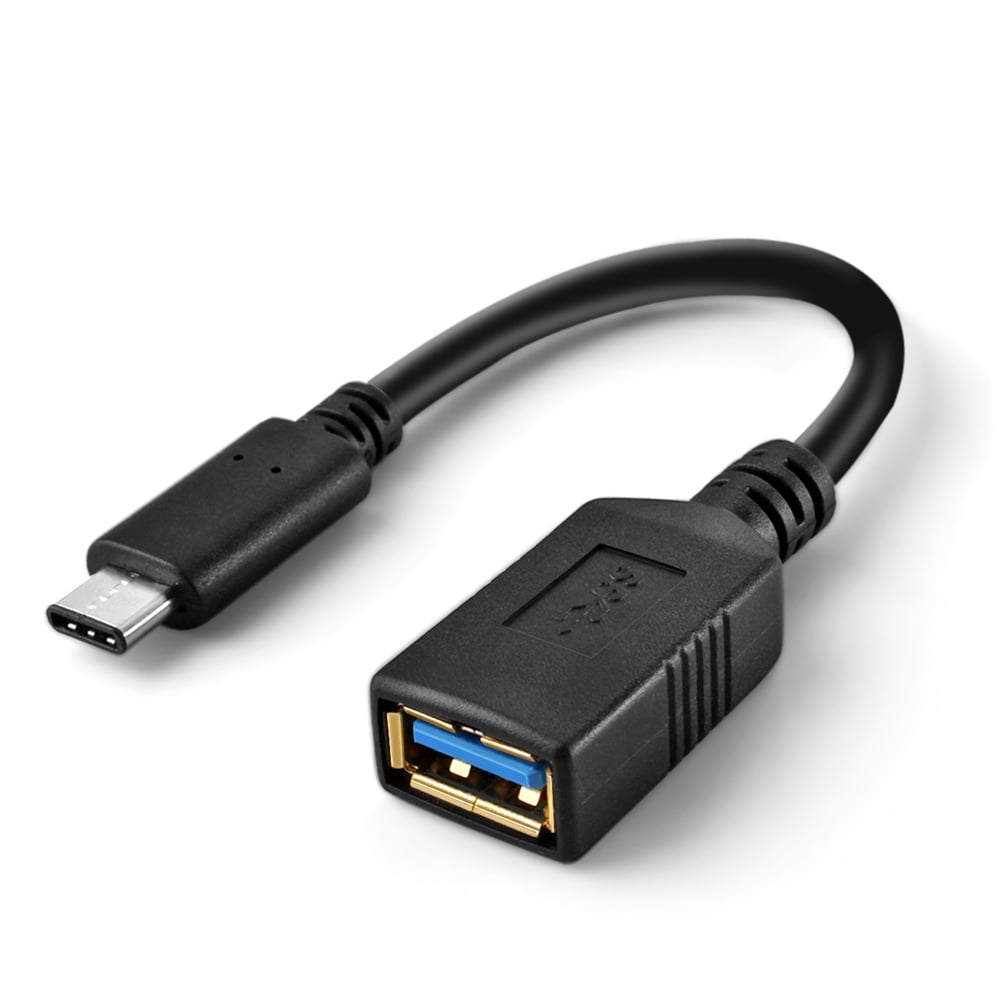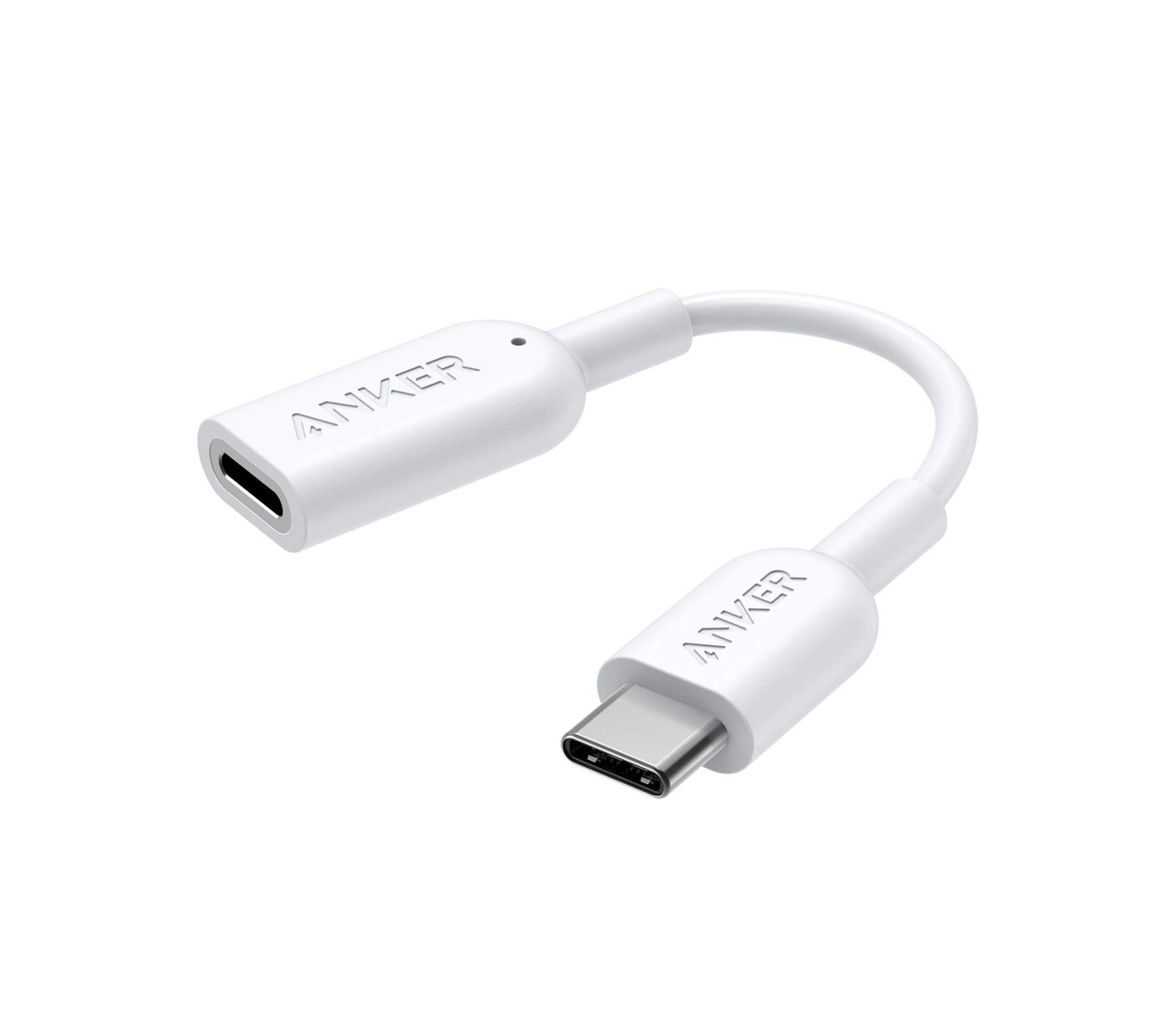

You may see a partition under the drive, but you can ignore this.In the left column, look for your USB drive beneath External and click it once to highlight it.Click the magnifying glass in the upper-right corner of the screen.Confirm you're aware existing USB device data will be lost.Click Format on the bottom of the screen.Use the file system drop-down menu to pick your preferred format (ex.Right-click the device of which you'd like to change the file system format.To format a device to a different file system, you must have all existing data backed up to one of your computers, as it will be lost when the file system is changed.FAT32 cannot support file sizes above 2 GB, so exFAT is preferred. exFAT and FAT32 are supported by both platforms, so this is recommended.Windows cannot access this format at any capacity. HFS and APFS have universal support on newer Mac operating systems.Macs are able to read this format, but cannot write files.

NTFS has universal support on Windows.Common file system formats are NTFS, HFS, APFS, exFAT, and FAT32.When sharing files across different operating systems, it is important to make sure the media (transfer device) is of a file format supported by both platforms.

Using an external hard drive or USB flash drive

Next, we need to connect to the Windows machine from the Mac.Select Change advanced sharing settings.Click Turn on File and Printer Sharing.This process is different depending on the version of Windows. File sharing first needs to be enabled on the Windows machine.Most affiliations at the university are eligible for 1 TB of storage space at this service hosted by Microsoft. Other options include using a USB storage device (USB flash drive or hard drive), and using Microsoft OneDrive. Once the machines are connected, you can use either the Mac or the PC as the host. The first option detailed in this article involves sending files over a network. There are multiple ways to accomplish this task. How do I transfer files between Windows and macOS? Solution


 0 kommentar(er)
0 kommentar(er)
